
You’re Doing It All Wrong. Here’s the Right Way to Store Knives
Knives are the backbone of any kitchen — the tools you reach for dozens of times a week — yet many of us treat them carelessly when it comes to storage. Poor storage shortens blade life, dulls edges, chips tips, and even creates safety hazards. Store your knives well and you’ll keep them sharper, safer, and ready to perform. In this guide we explain why storage matters, evaluate common options, and give practical, expert-backed tips so your knives stay in top condition and your kitchen stays accident-free.
1. Why knife storage matters — beyond neatness
A sharp, well-maintained knife is actually safer and more efficient: it needs less force to cut, which reduces slips and accidents. Storing knives improperly — loose in a drawer, piled together, or left in damp places — invites dulling, nicks, corrosion, and injury. Treat storage as part of routine knife care, not an afterthought. Serious Eats
2. Never toss knives loose in a drawer
Tossing knives into a drawer is one of the most damaging habits. Blades tumble and scrape against other metal and hard surfaces, dulling edges and nicking tips. It’s also a major safety risk: reaching into a drawer full of hidden blades can easily cause cuts. If you must use a drawer, use a properly designed drawer insert or in-drawer magnetic strip that keeps each blade isolated. Martha Stewart
3. Knife sheaths and blade guards: inexpensive protection
Individual sheaths (also called blade guards) are a low-cost, highly effective solution for drawer storage or travel. A snug plastic, silicone, or leather guard protects the edge from contact and prevents accidental cuts when reaching into drawers or packing knives for transport. For carbon-steel blades or vintage knives, sheaths also add a layer of moisture protection when paired with dry storage.
4. Why a good block still has a place — and how to maintain it
Countertop knife blocks are familiar and safe because they keep blades upright and separated. But wood blocks can trap moisture and crumbs inside the slots, which can promote bacteria and mildew if you store knives wet. Clean your block periodically (shake out crumbs, scrub slots with a bottle brush, dry fully) or choose blocks with removable inserts or synthetic, easy-clean materials. A well-maintained block can be both safe and convenient. Better Homes & Gardens
5. Magnetic strips: show off your knives — but mount them correctly
Magnetic knife strips are space-saving, attractive, and highly flexible (they accommodate scissors, cleavers, and odd shapes). When properly installed, they keep edges visible and accessible without the rubbing a block can cause. Key cautions: pick a strong, quality strip; mount it at a safe height away from kids and high-traffic areas; and avoid slamming knives on to the magnet — instead, seat and lift blades straight to avoid chipping. Many testers and pros recommend magnetic strips as a top option for home cooks. Serious Eats+1
6. Avoid moisture — sinks, wet shelves and humid spots are enemies
Moisture causes rust and corrosion, especially on high-carbon steels. Never store knives near the sink or in an environment that collects steam from cooking. Always hand-dry knives immediately after washing and return them to dry storage. If you live in a humid climate, consider silica packet storage or a well-ventilated cabinet. The Guardian
7. Hand wash, dry immediately — and never rely on the dishwasher
Dishwashers are hard on knives. High heat, harsh detergents, and tumbling can blunt edges, pit blades, and loosen or warp handles — and wooden handles can crack or swell. Experts and manufacturers strongly recommend hand washing knives in warm, soapy water, rinsing, and drying immediately to preserve both blade and handle. Simply Recipes
8. Don’t stack blades — separate them to protect edges
Stacking knives — or letting them lean against each other in a holder — guarantees rubbing and dulling. Design or buy storage that keeps each blade isolated: slots, sheaths, in-drawer trays, magnetic strips with space between knives, or dedicated horizontal racks with protective channels.
9. Storing specialty knives and odd shapes
Long serrated blades, narrow boning knives, and curved blades may not fit standard blocks. For these, options include: a dedicated slot in a custom block, individual sheaths, in-drawer trays with adjustable slots, or a longer magnetic strip mounted horizontally. Always secure oddly shaped blades so they can’t twist or fall.
10. Safety first: placement, height, and visibility
Place knives where they’re visible and reachable for the adult cook but out of reach of children. Mount magnets or racks at a height that prevents accidental contact. When moving knives in or out of storage, always handle by the handle and never the blade; teach household members the same safe habits.
11. Hygiene: clean both knives and storage regularly
Even clean knives can transfer moisture or tiny food particles into blocks or drawers. Wipe down magnetic strips, sanitize block slots occasionally, and air out storage spaces. If you use a wooden block, deep-clean and dry it fully to prevent mold and bacterial growth. Better Homes & Gardens
12. What about viral hacks and DIY solutions?
DIY magnetic strips or makeshift racks often look clever online, but not all are safe. Cheap magnets may not hold heavier knives securely; improper mounting can cause knives to fall. If you try a DIY solution, use strong magnets, professional anchors, and test each stored knife carefully. When in doubt, choose well-reviewed, tested products. Serious Eats+1
13. Quick maintenance tips to extend blade life
• Hone weekly with a honing rod to realign the edge.
• Sharpen on a stone or by a professional when needed (don’t rely on cheap pull-through sharpeners).
• Use proper cutting boards (end-grain wood or rubber) — avoid glass, stone, or ceramic which blunt blades quickly.
• Rotate storage spots occasionally so knives dry fully and you inspect them for wear. (For more on surface choices and blade care, consult knife-care guides.) The Guardian
Final word: pick the system that fits your kitchen — and keep it clean
There’s no single “perfect” storage solution for every kitchen, but there are clear best practices: keep blades separate, dry, visible, and out of reach of children; prefer hand washing and immediate drying; and maintain whatever storage you choose. Whether you opt for a quality magnetic strip, a cleaned and well-kept block, or blade guards in a drawer, thoughtful storage saves money, preserves performance, and prevents accidents. Treat knife storage as essential maintenance — your knives (and your fingers) will thank you.
Selected sources & further reading
(Used to inform the recommendations above.)
-
Serious Eats — “The Best Way to Store Your Knives” and magnetic-strip guidance. Serious Eats
-
Simply Recipes — What the dishwasher does to knives; why hand wash/dry is best. Simply Recipes
-
The Guardian — expert tips on knife care, boards, and storage considerations. The Guardian
-
Better Homes & Gardens — cleaning knife blocks and hygiene concerns. Better Homes & Gardens
-
Serious Eats testing & The Spruce/The Kitchn product guides on magnetic holders and block alternatives. Serious Eats+1
News in the same category


Piece by piece, she rebuilt it with her own hands — and turned it into one of the coziest tiny homes you’ll ever see!

Why Some People’s Skin Turns Red When Drinking Alcohol

You’re Doing It All Wrong. Here’s the Right Way to Make a Bed
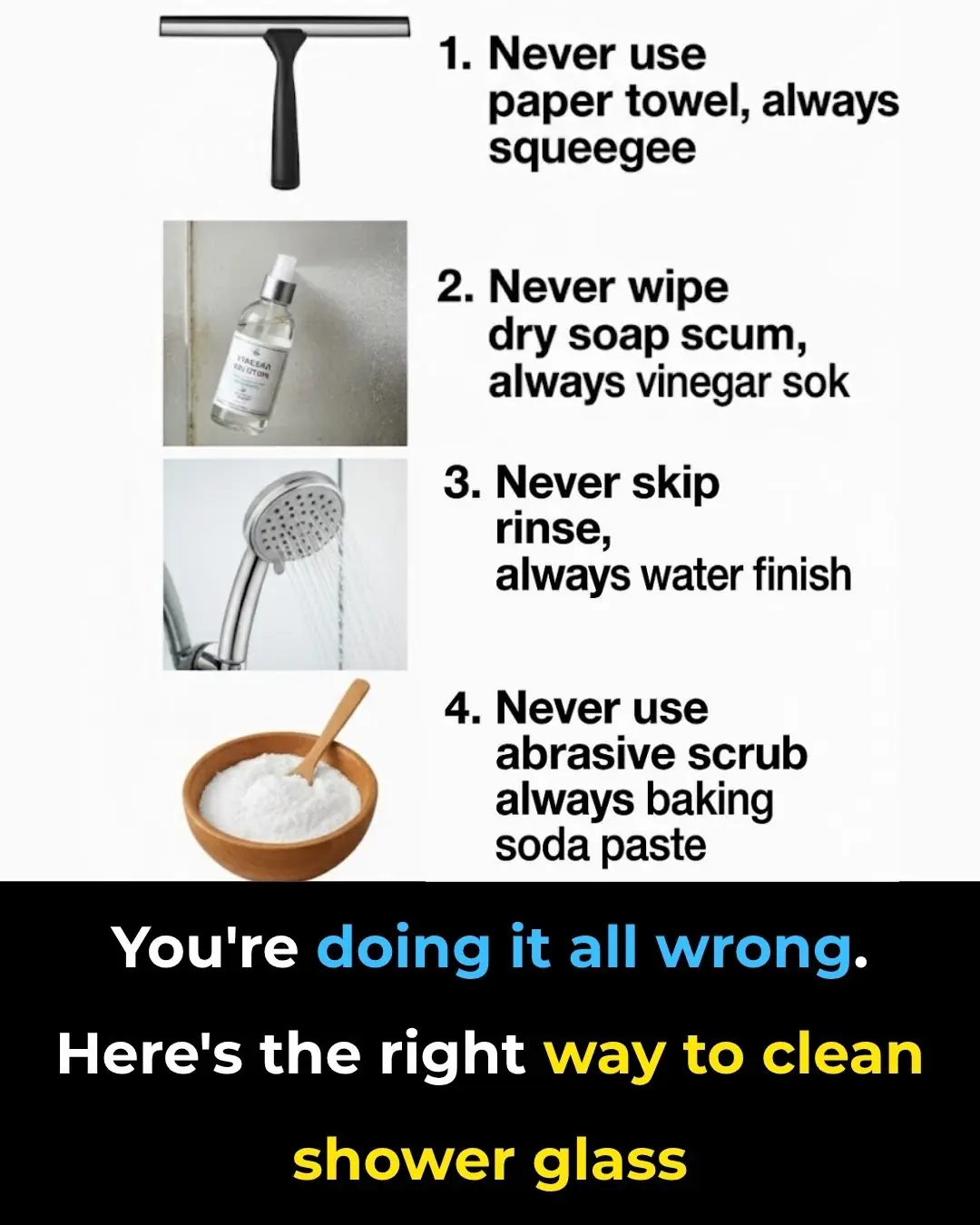
You’re Doing It All Wrong: The Right Way to Clean Shower Glass

Most Do This Wrong: 10 Everyday Habits That Make Mold Grow Faster

Playwright August Wilson Posthumously Honored With Star on Hollywood Walk of Fame

Meet James West, The Black Man Who Invented The Electret Microphone

‘They Described a Man I Never Met’: Comedian Roy Wood Jr. Tells Shannon Sharpe He Learned To Love Watching How His Absent Dad Treated Another Family

This Brewery Is The Only Black-Owned Brewery In New York Brewing Its Beer On-Site

Joseph Deng Makes History as First Player From South Sudan to Sign a Professional MLB Contract

Meet The Specks, the Black Brother-Sister Duo Who Invented the Potato Chip

Meet Mr. & Mrs. Grady, Owners Of North Carolina’s Only Black-Owned Whole Hog Barbecue Smokehouse

Negro History Week: Here’s the True Story Behind Black History Month

10 Natural Foods That Outshine Supplements, According to Nutrition Experts

Why You Should Never Pour Boiling Water Down the Kitchen Sink

Button Mushrooms: A Humble Market Treasure Packed With 17 Times More Potassium Than Bananas

6 Foods That Never Expire If Properly Stored

Coronation Street follow-up: Will Driscoll in new grooming storyline as spoilers confirms more details of his secret
News Post
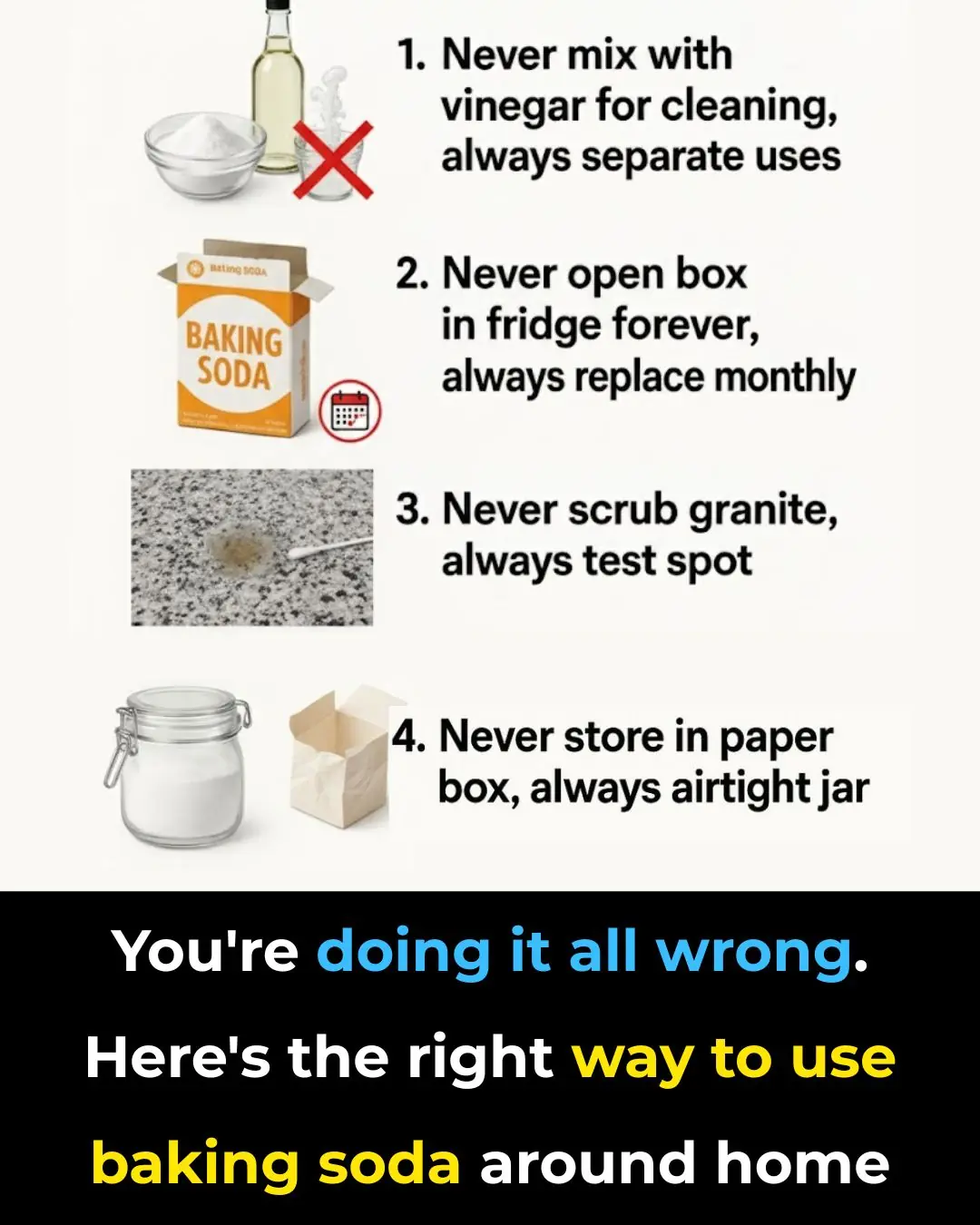
You’re doing it all wrong. Here’s the right way to use baking soda around home
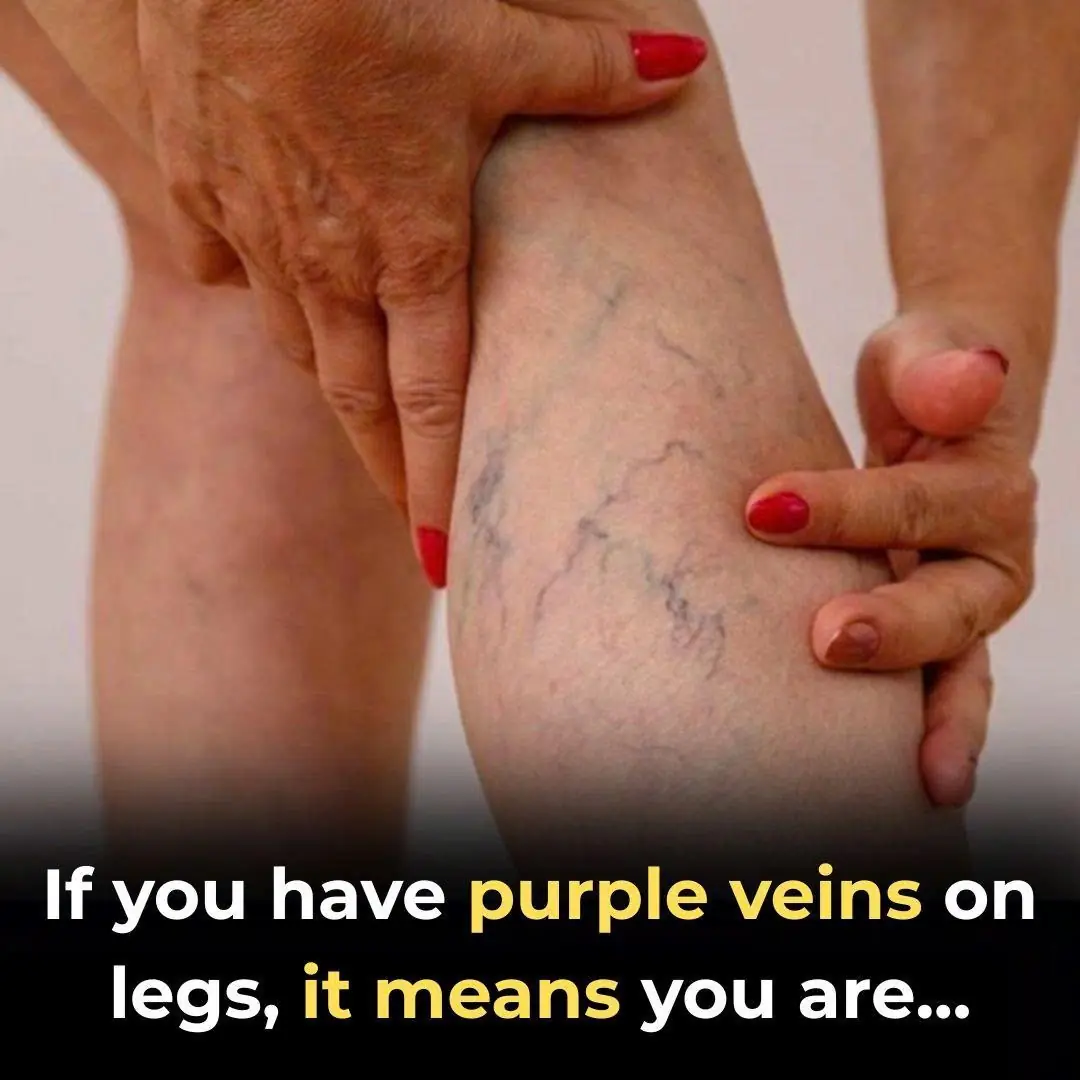
Purple Veins on Your Legs
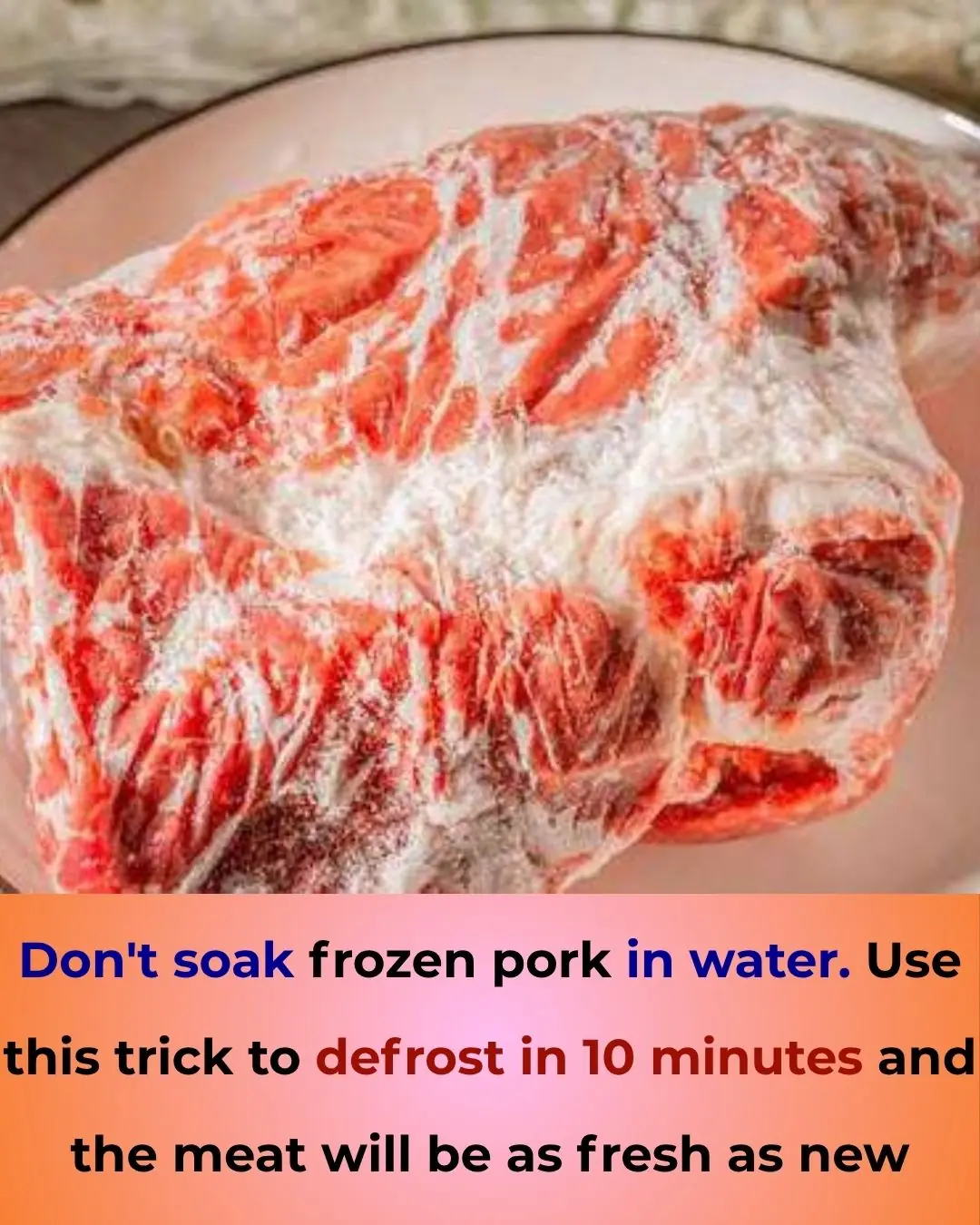
Don’t Soak Frozen Pork in Water — Try This 10-Minute Thawing Trick for Fresh, Tender Meat
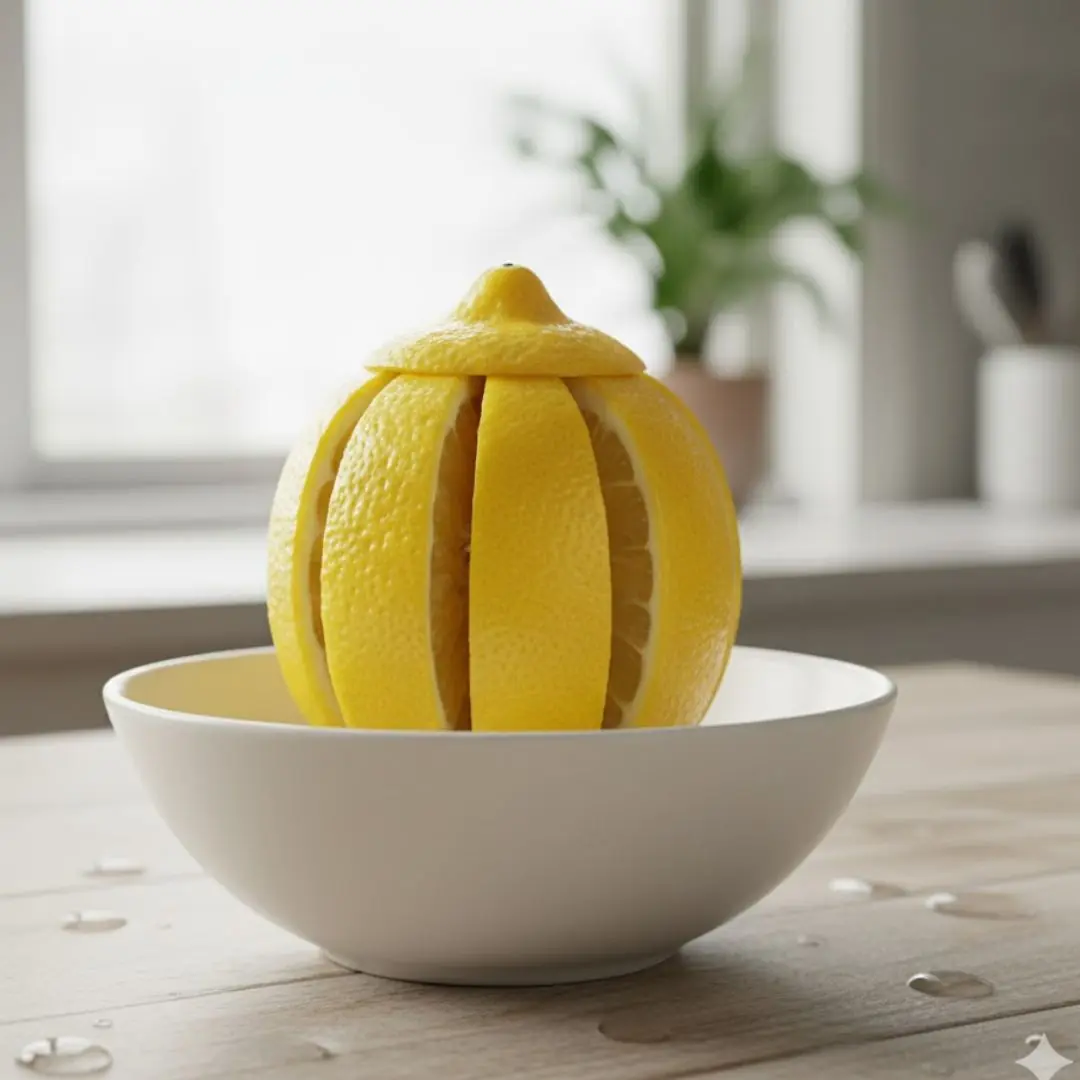
Why Keeping A Lemon In Your Bedroom Is A Great Idea

Hotel Room Red Flags You Should Never Ignore

🔌 3 Mistakes to Avoid When Charging Your Phone — And How to Extend Its Life

Miss Universe winner, contestants walk out of ceremony over executive’s ‘disrespectful’ comment to beauty queen
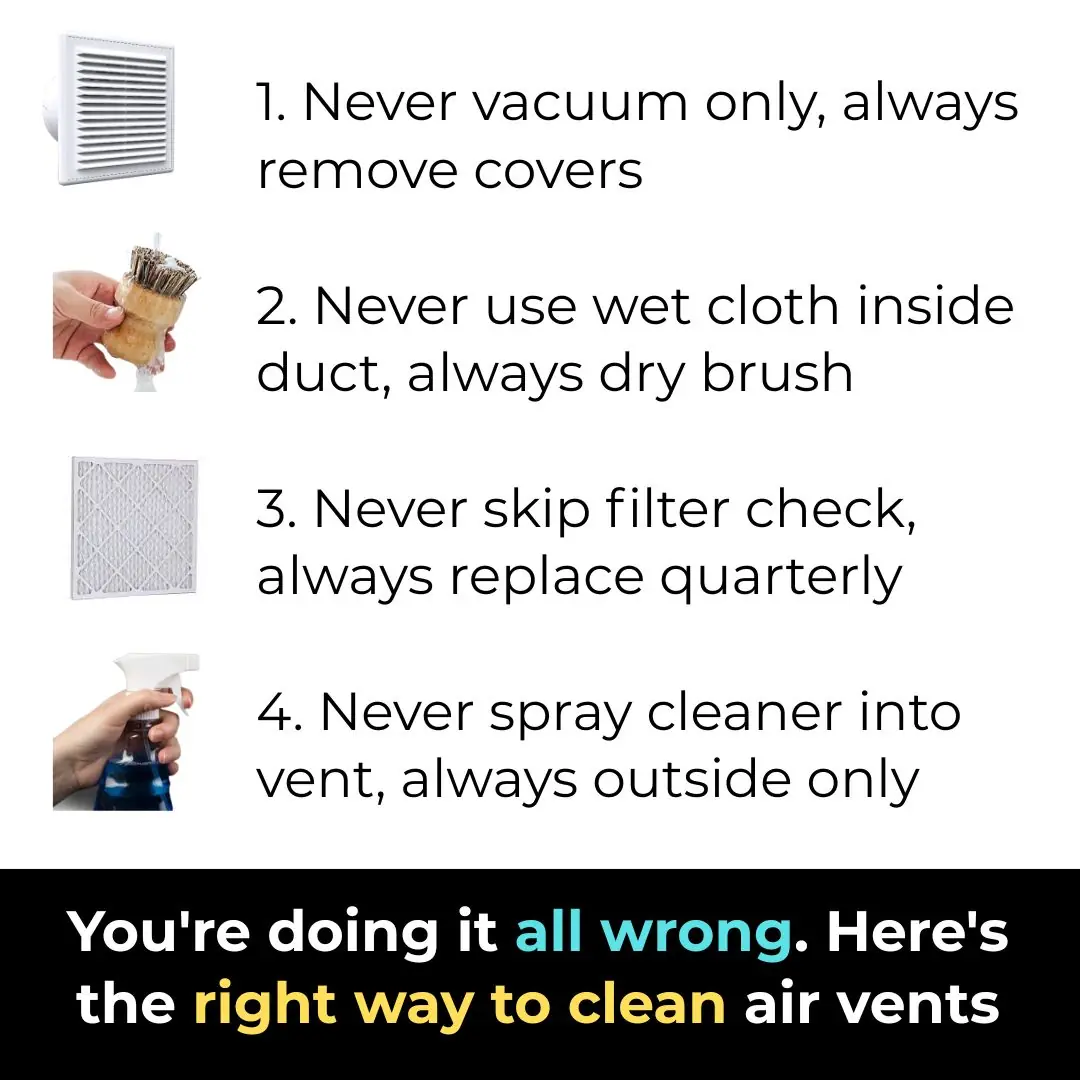
You’re doing it all wrong. Here’s the right way to clean air vents

Nighttime Habits That Increase Your Risk of Stroke
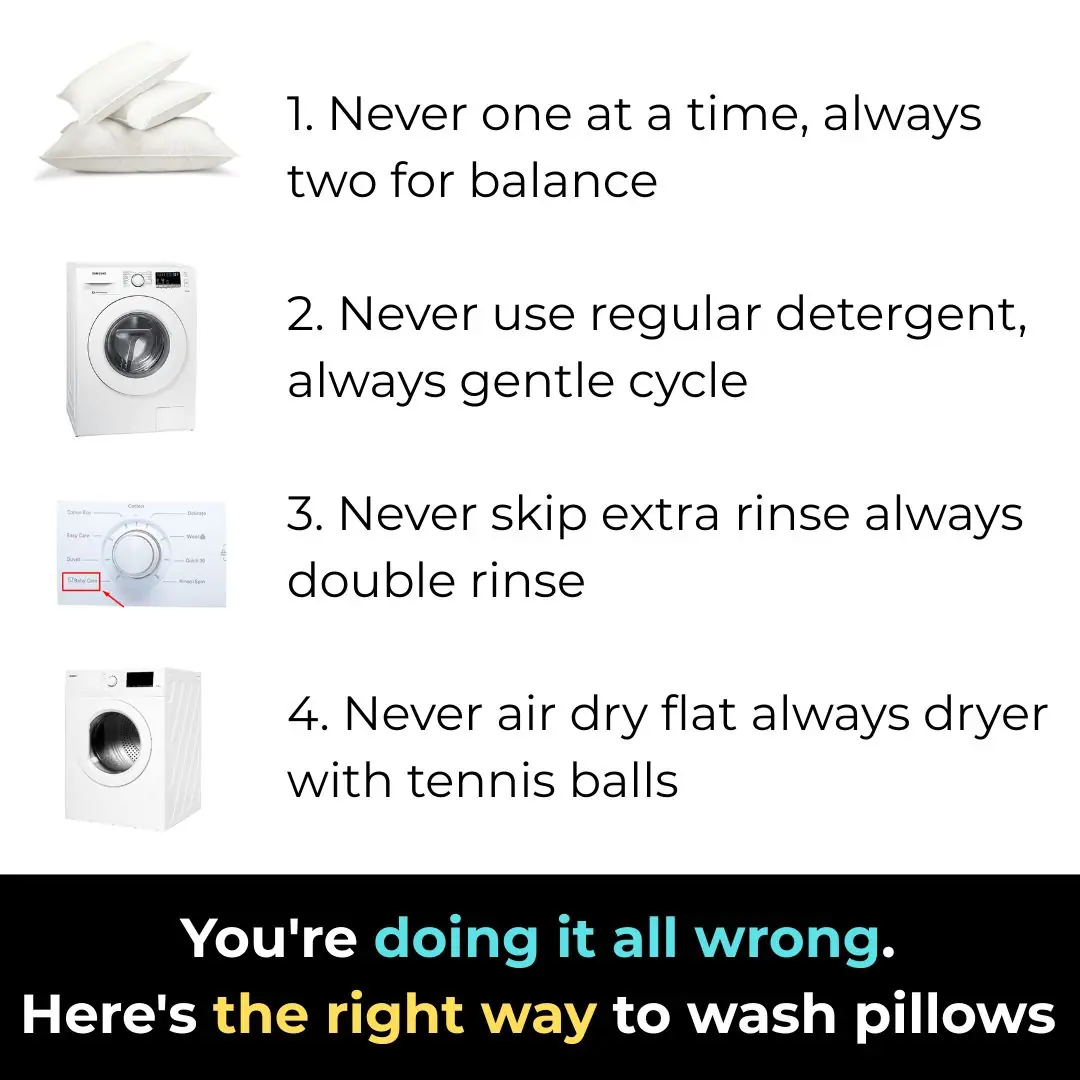
You’re doing it all wrong. Here’s the right way to wash pillows

Wow, I never knew this!

Piece by piece, she rebuilt it with her own hands — and turned it into one of the coziest tiny homes you’ll ever see!

Why Some People’s Skin Turns Red When Drinking Alcohol

Simple way to get rid of ants from sugar jar, everyone should know clearly

You’re Doing It All Wrong. Here’s the Right Way to Make a Bed

You’re Doing It All Wrong: The Right Way to Clean Shower Glass

Most Do This Wrong: 10 Everyday Habits That Make Mold Grow Faster

Playwright August Wilson Posthumously Honored With Star on Hollywood Walk of Fame
